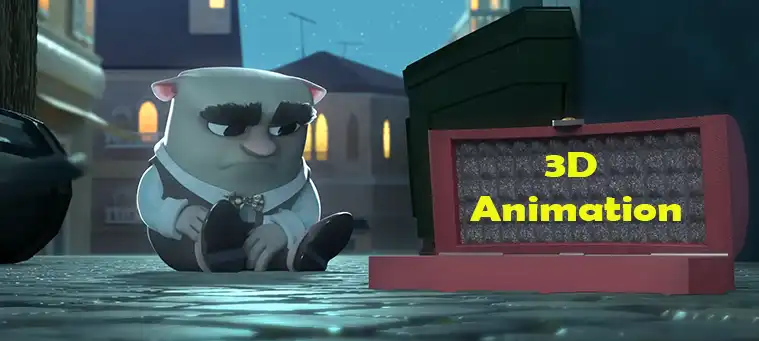Over the past decade, 3D motion design has transitioned from a novelty to a core component of modern advertising. Powered by technological advances, dropping production costs, and innovative creative minds, 3D motion design has become an essential tool for creating immersive brand experiences that resonate emotionally with audiences.
According to recent industry surveys, over 65% of major advertising campaigns now incorporate some element of 3D motion design. The reason is clear – research shows 3D motion ads generate up to 30% higher engagement and recall versus traditional 2D advertising formats. As technologies continue to evolve, 3D motion design is poised to revolutionize advertising in even more impactful ways in the near future.
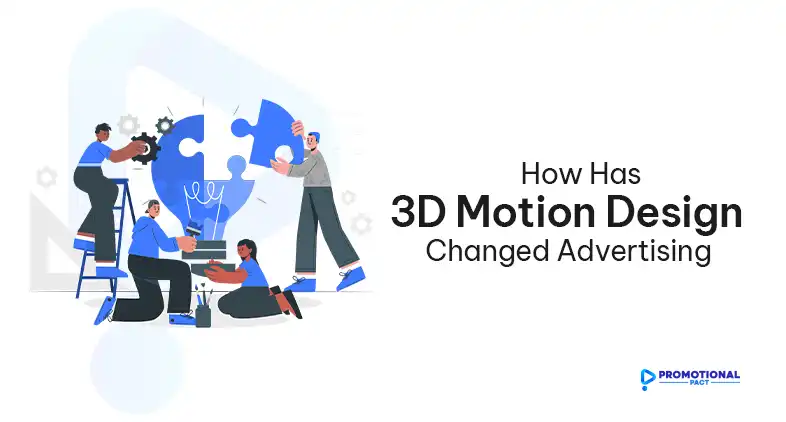
What Changes 3D Motion Design Has Brought?
Expanding Storytelling and Emotional Connection
One of the most transformational impacts of 3D motion design has been enabling brands to tell stories that form deeper connections with viewers. Techniques like character development, plot twists, and humor that were once only possible with big-budget films can now be harnessed in advertising with the help of 3D.

The Beauty Inside combined live action and 3D motion
A great example is the animated short film “The Beauty Inside” created by Intel and Toshiba in 2012. Spanning 6 episodes with a continuous narrative, it used a combination of live-action and 3D animation to tell an emotional story of a man named Alex whose appearance changed daily. This innovative content marketing campaign generated over 50 million views and numerous advertising awards.
By merging storytelling and technology, 3D motion design allows brands to craft truly human experiences that spark emotional responses in viewers. This results in higher audience engagement, brand affinity, and viral potential.
More Creativity and Flexibility
3D motion design has dramatically expanded the creative possibilities for advertising, freeing brands from the constraints of traditional 2D mediums. Advertisers can now leverage cutting-edge technologies like virtual reality, augmented reality, and artificial intelligence to craft campaigns that feel more like living worlds than passive ads.
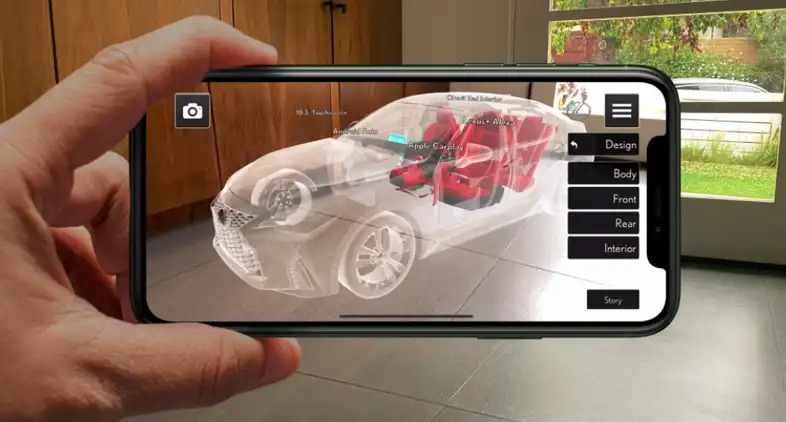
Lexus AR app allows virtual configuration
For example, Lexus created an augmented reality app that allowed users to virtually configure their dream car with customizable features and interact with a life-size 3D model. By using 3D motion design, the campaign turned car shopping into an imaginative and engaging experience.
The multimedia flexibility of 3D allows advertisers to tailor campaigns to the unique strengths of each platform and create innovative experiences that leave lasting brand impressions.
Showcasing Products Clearly
3D motion design provides advertisers with powerful tools to showcase products and clearly communicate functionality. Brands like Apple, Microsoft, and Tesla have leveraged 3D motion design to create interactive, animated demonstrations of their technology and products.
According to studies, consumers exposed to 3D product demonstrations have shown up to 40% higher purchase intent compared to traditional static ads. The ability to rotate objects, view interactivity, and animate features in motion creates deeper product understanding and evaluation.
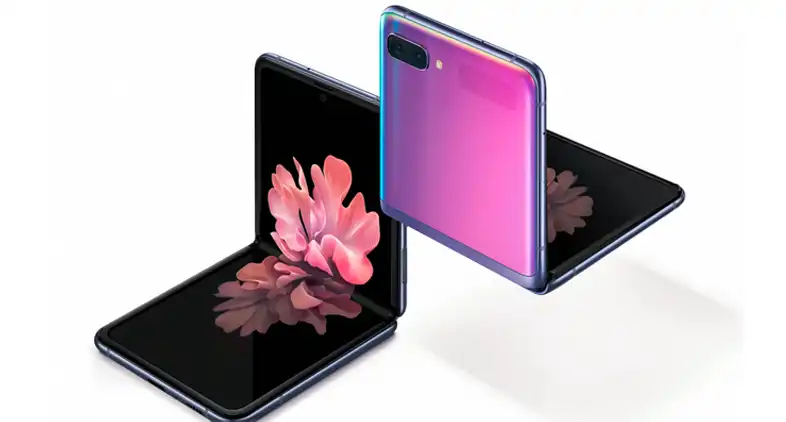
For example, Samsung’s 3D product launch animations increased pre-orders for the Galaxy Z Flip by over 20% in 2020 by allowing viewers to virtually unfold and experience the phone from all angles before its release.
Driving Engagement
3D motion design opens up boundless opportunities for interactive content, gamification, and personalized ad experiences. Social media platforms now seamlessly support 3D Model ads that users can play with from directly within their feeds. Brands like Porsche have utilized these new formats to create product configurators and racing games that keep users actively engaged.
Research by IAB found that Interactive 3D brand campaigns had Completion Rates of over 85%, almost triple that of standard video ads. Beyond just impressions, interactive 3D allows advertisers to convert passive viewers into active participants.
Contact PromotionalPact for a Custom Roadmap on Integrating 3D Motion Design into Your Advertising.
What Are the Benefits of Using 3D Motion Design in Advertising?
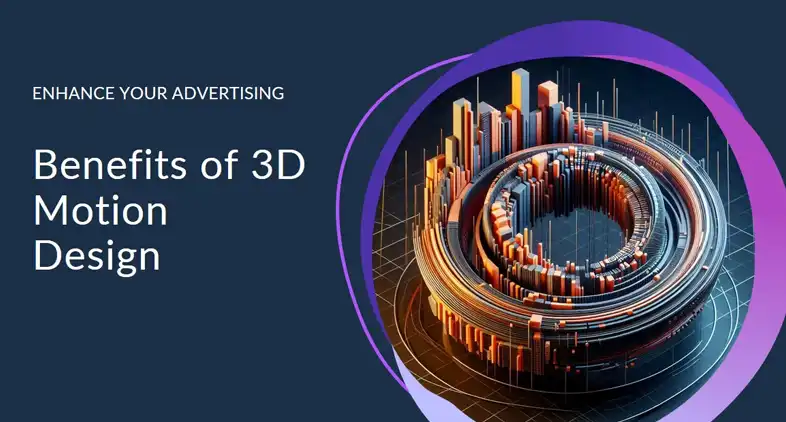
The impact that 3D motion design has made on advertising effectiveness is clear. According to various researches. For example, it can:
- Give brand awareness a lift of 24% compared to 2D ads
- Improve likeability scores of over 30%
- 15% higher purchase consideration versus traditional static ads
But increased impressions and engagement tell only part of the story. The benefits of 3D advertising come down to two key factors – ROI and results.
Because of its memorability and emotional impact, 3D motion design delivers remarkably high return on investment (ROI) versus other ad mediums. Top brands utilizing 3D ads achieve an average ROI of $5.40 for every $1 spent.
And this ROI translates directly into tangible business results. Brands report 3D motion design driving measurable spikes in website traffic, double-digit sales lift, and long-term brand equity improvements. As the costs of 3D continue to decrease, the revenue potential will only grow.
What Are the Challanges of Adopting 3D motion Design?
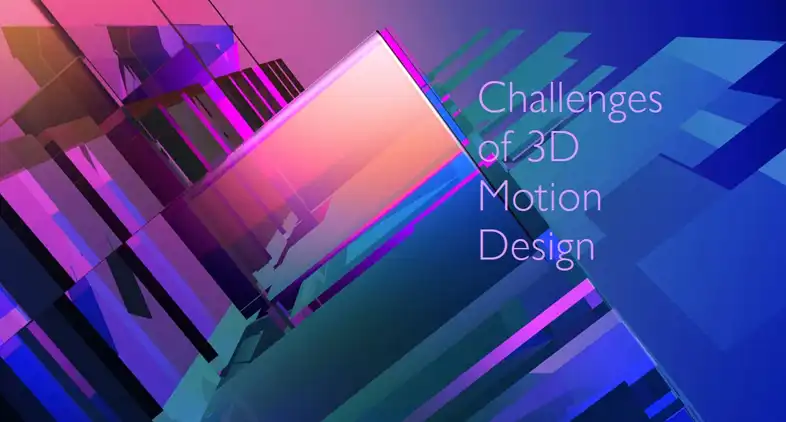
Of course, transitioning to 3D advertising also comes with potential hurdles. The specialized skills required mean many brands face talent gaps on their creative teams. Investing in 3D design training or partnerships can help overcome this challenge.
There are also technical considerations around file sizes, compatibility, and rendering times. Brands must ensure their digital infrastructure supports the demands of streaming high-quality 3D animations at scale. Cloud rendering services are making this more accessible.
For advertisers just starting with 3D, focusing on shorter animations optimized for social and experimenting with budget-friendly motion techniques can provide a manageable starting point. Despite the challenges, the high performance potential makes 3D motion a necessary evolution for brands to remain competitive.
What’s Next for 3D Motion Design?
3D advertising is no passing fad. Powerful technologies like real-time rendering, volumetric video, and artificial intelligence will unlock new possibilities for customizing and streamlining 3D content creation.
Advertisers can expect to see continued innovation in areas like:
- AR/VR experiences enabled by 5G connectivity and headsets.
- Personalized 3D avatars that interact conversationally with consumers.
- AI-generated 3D worlds tailored to individual interests and emotions.
As these technologies develop, 3D motion design will move beyond a specialized capability and become an integral part of every modern advertising campaign. Rather than offering a novelty factor, 3D will provide the baseline for crafting immersive brand stories on all platforms and channels.
The advertising landscape of the future will be populated with living, breathing virtual worlds where products come to life and consumers engage in meaningful ways. 3D motion design sits at the epicenter of this transformation, opening new dimensions of storytelling and imagination. Brands that embrace its possibilities today will have the edge in connecting with audiences tomorrow.

